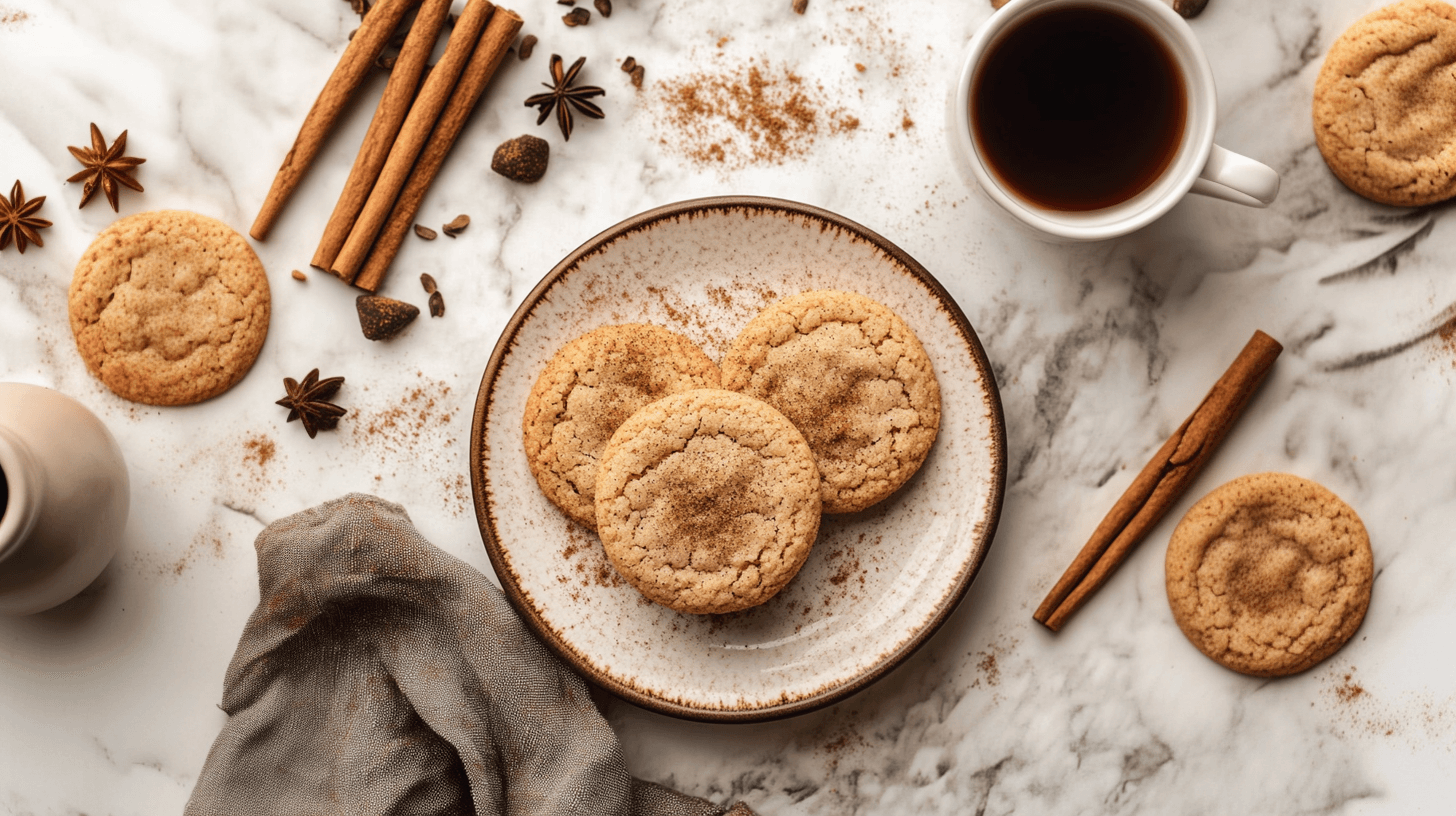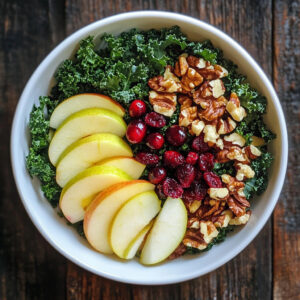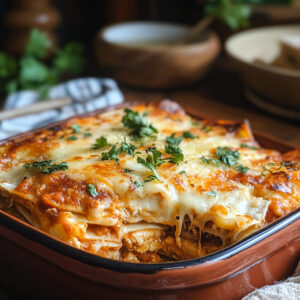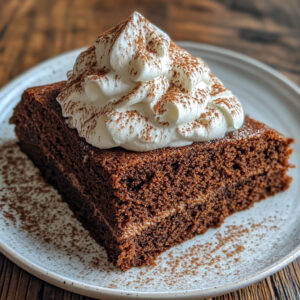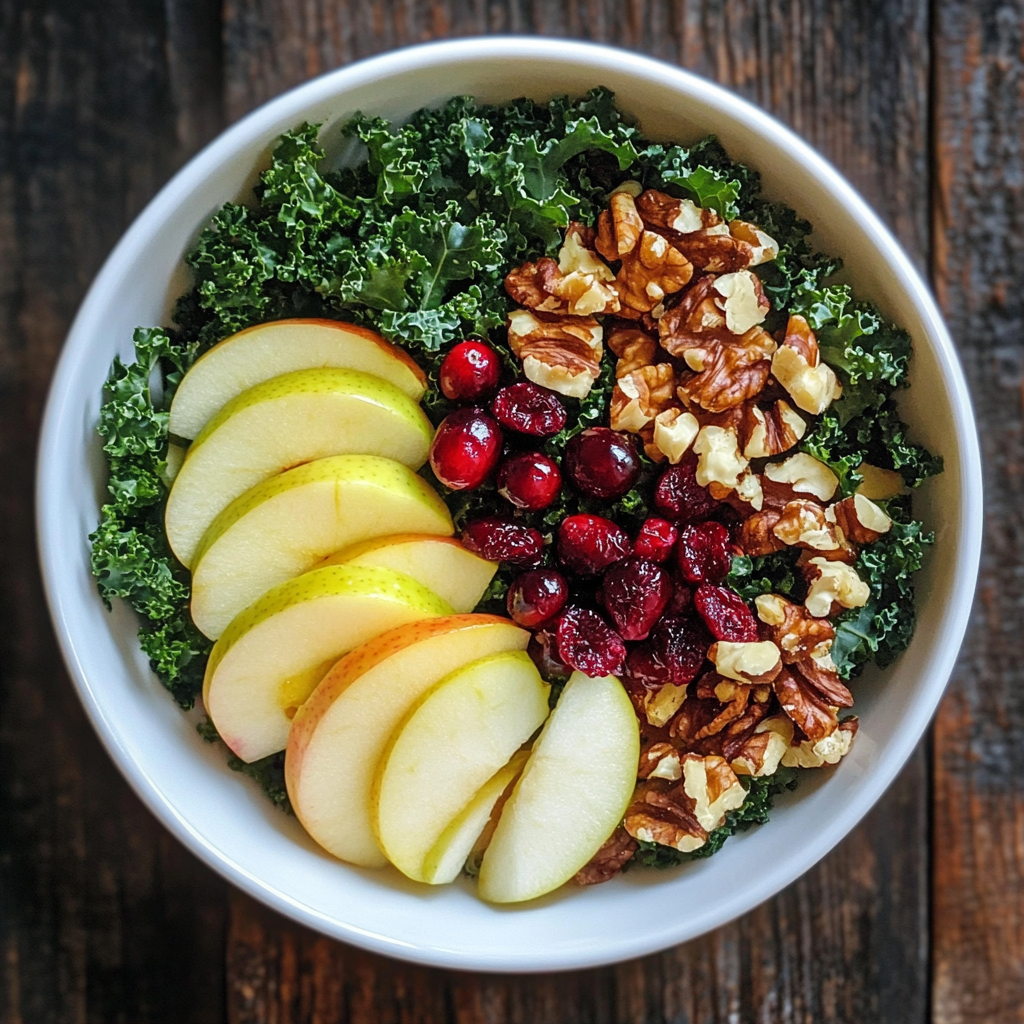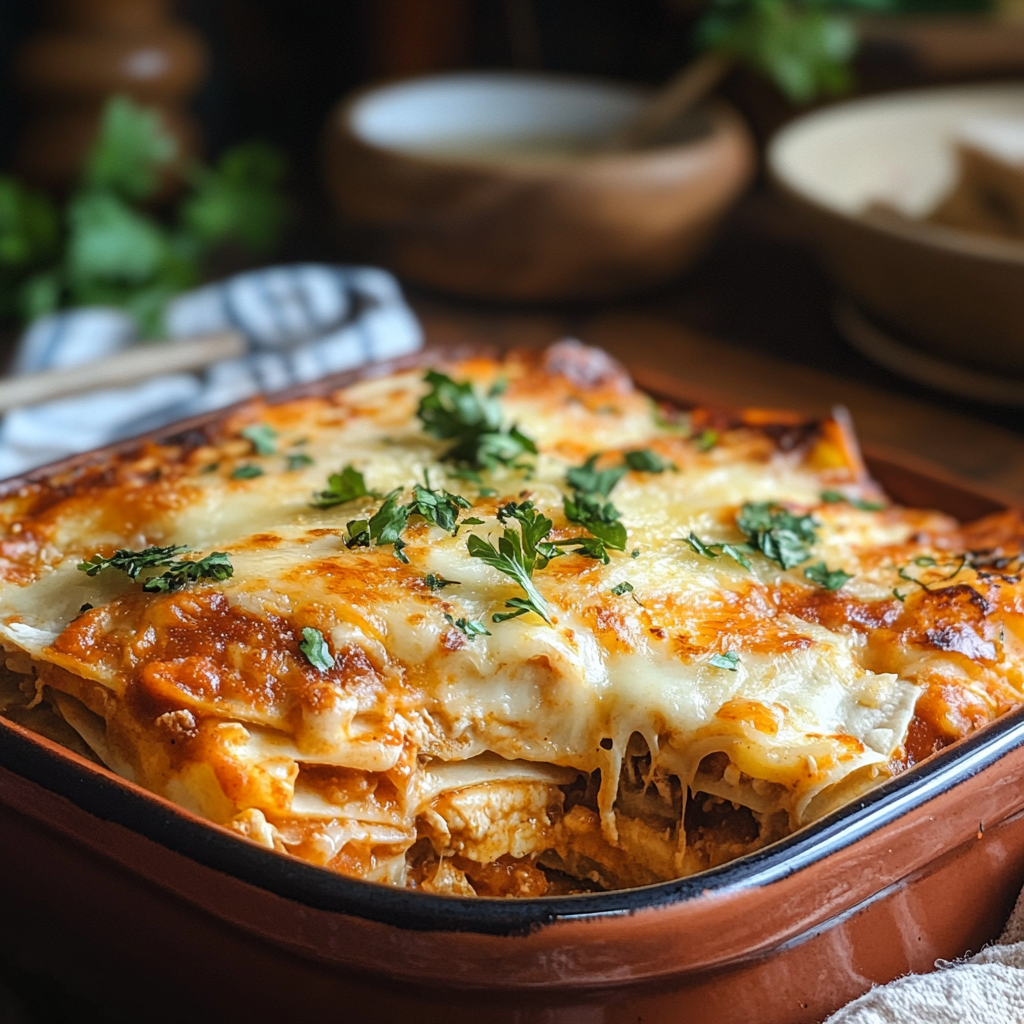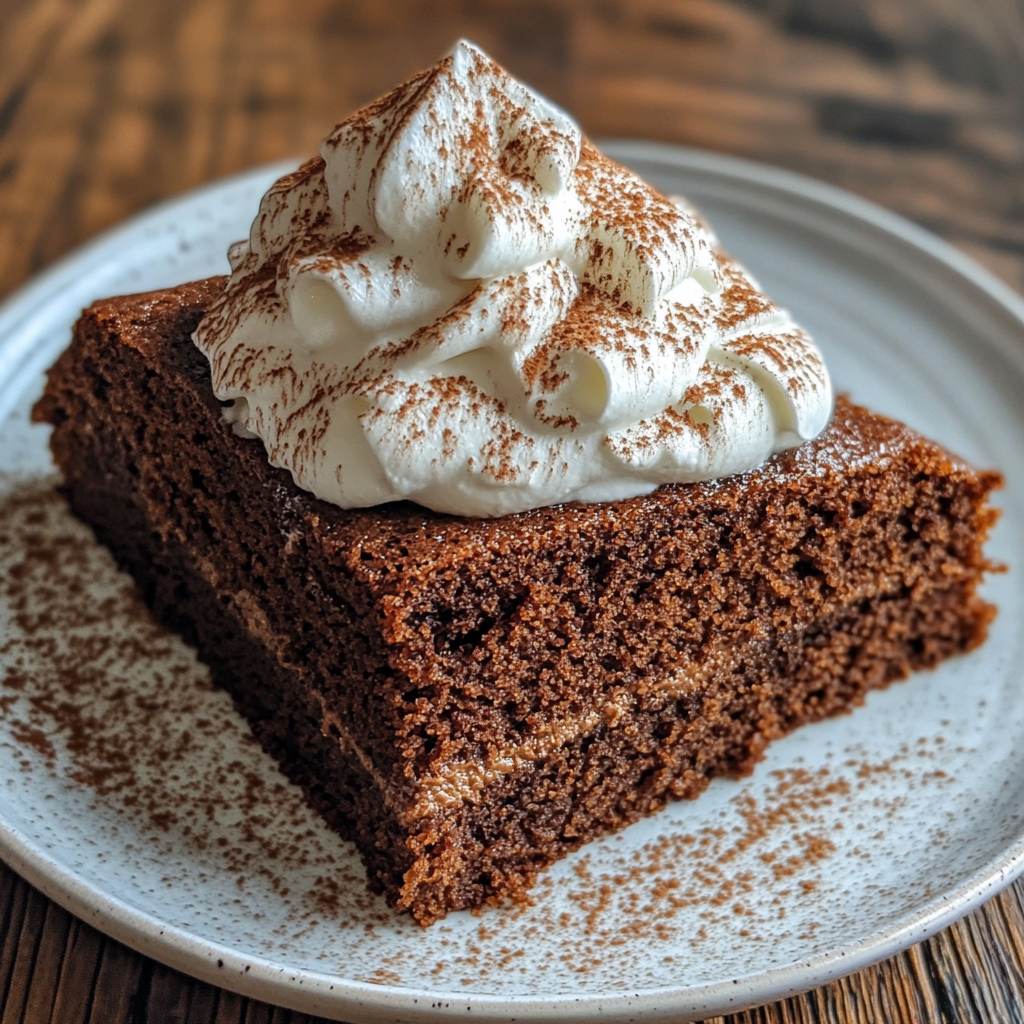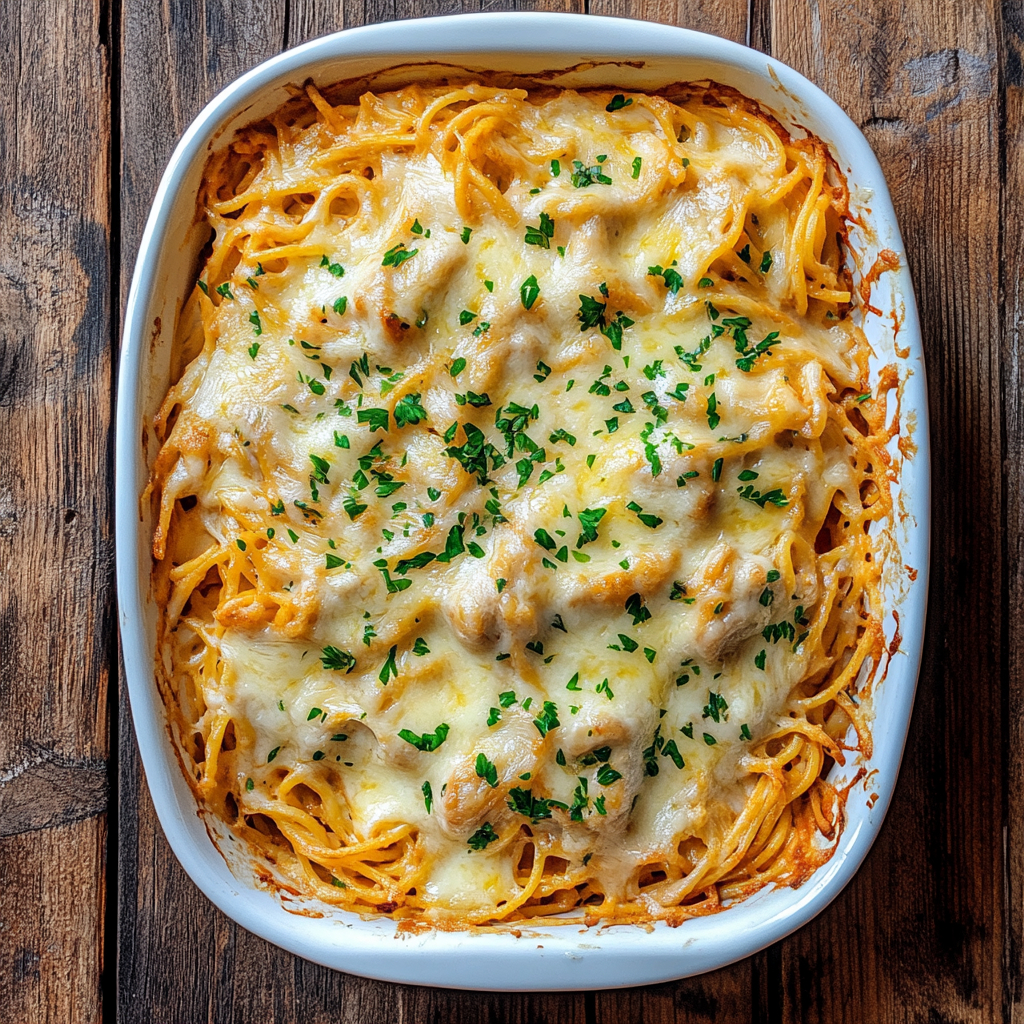Introduction
Snickerdoodle cookies are a timeless classic, beloved for their soft texture, tangy flavor, and sweet cinnamon-sugar coating. Whether you’re a seasoned baker or new to the kitchen, these cookies are a crowd-pleaser that’s surprisingly easy to make. In this guide, we’ll explore the history, science, and best practices for creating perfect snickerdoodles. Along the way, discover how to take stunning snickerdoodle cookies images that capture their deliciousness. Let’s dive into the ultimate snickerdoodle journey!
What Are Snickerdoodle Cookies?
Snickerdoodles are soft, buttery cookies rolled in a cinnamon-sugar mixture before baking. Known for their distinctive cracked tops, these cookies deliver a delightful balance of sweetness and subtle tanginess, thanks to the cream of tartar. Often enjoyed with a glass of milk or cup of tea, snickerdoodles are a versatile treat that appeals to both children and adults.
Key features of snickerdoodles:
- A cracked top from baking.
- A soft, chewy interior.
- A signature cinnamon-sugar coating.
Their simple ingredients and unique flavor make them a household favorite, and their stunning appearance makes them perfect for photography.
Why Are Snickerdoodles So Popular?
Snickerdoodles have maintained their popularity for generations due to their simplicity and nostalgic appeal. The cookies are easy to prepare, making them a go-to recipe for novice bakers. Additionally, the warm cinnamon-sugar flavor evokes comfort and joy, especially during the holidays.
Reasons for their enduring popularity:
- Simple ingredients found in most kitchens.
- A quick preparation process that’s beginner-friendly.
- A comforting flavor profile reminiscent of childhood.
Their aesthetic appeal, especially when captured in snickerdoodle cookies images, also contributes to their charm on social media platforms.
The History of Snickerdoodle Cookies
Origin of the Name “Snickerdoodle”
The name “snickerdoodle” has a whimsical quality, and its origins are equally intriguing. Historians suggest that the name may derive from the German word “Schneckennudeln,” which refers to a type of cinnamon roll. The whimsical name has endured, adding to the cookie’s charm.
Possible origins of the name:
- German roots, evolving into a more playful name.
- A nod to the cinnamon flavor reminiscent of other spiced treats.
This unique name adds an element of fun, making it memorable and distinct among cookies.
How Snickerdoodles Became a Household Favorite
Snickerdoodles gained popularity in America in the 19th century when the recipe appeared in regional cookbooks. Their simple ingredient list made them accessible, and their flavor quickly won over home bakers. Over time, these cookies became a staple in holiday traditions and family gatherings.
- Their rise to fame was driven by affordable ingredients.
- They became a holiday favorite due to their comforting flavor.
- Snickerdoodles are often associated with family baking traditions.
Their nostalgic appeal continues to make them a baking favorite, with endless opportunities to capture beautiful snickerdoodle cookies images.
The Ingredients for Perfect Snickerdoodles
Key Ingredients in a Snickerdoodle Recipe
A classic snickerdoodle recipe relies on a few key ingredients:
- Butter: Provides a rich, soft texture.
- Sugar: Used in the dough and as a coating.
- Flour: The base for the cookie dough.
- Cream of Tartar: Adds tanginess and helps create the signature cracks.
- Cinnamon: Essential for the spiced sugar coating.
Each ingredient plays a critical role in achieving the perfect snickerdoodle cookies image, as they contribute to the texture, flavor, and appearance.
Secret Tips for Enhancing Flavor
For exceptional snickerdoodles, try these tips:
- Add a pinch of nutmeg to the cinnamon-sugar coating for extra warmth.
- Use high-quality butter for a richer taste.
- Chill the dough for 30 minutes to enhance the cookie’s structure.
These simple adjustments can elevate your cookies and make them even more photogenic in snickerdoodle cookies images.
The Step-by-Step Recipe
Preparing the Dough
Begin by creaming butter and sugar until light and fluffy. Mix in eggs and vanilla, then gradually add dry ingredients, including flour, cream of tartar, and baking soda. The dough should be soft but not sticky.
Rolling and Coating in Cinnamon Sugar
Scoop the dough into uniform balls, then roll each ball in a generous layer of cinnamon sugar. Ensure even coating for a consistent appearance in your snickerdoodle cookies images.
Baking for the Perfect Texture
Bake the cookies at 375°F for 8-10 minutes. Look for light golden edges and cracks forming on top. Avoid overbaking to maintain a soft center.
The Science Behind Snickerdoodles
The Role of Cream of Tartar
Cream of tartar is crucial for snickerdoodles. It creates the tangy flavor and contributes to the soft, chewy texture by preventing the sugar from fully crystallizing.
How Cinnamon Sugar Transforms During Baking
As the cookies bake, the cinnamon sugar caramelizes slightly, creating a lightly crisp exterior that enhances the visual appeal in snickerdoodle cookies images.
Snickerdoodles in Popular Culture
Snickerdoodles in Social Media
Snickerdoodles are a popular subject for baking enthusiasts on platforms like Instagram and Pinterest. Their photogenic nature makes them ideal for cookie photography.
The Rise of Snickerdoodle Variations
From snickerdoodle blondies to snickerdoodle cheesecake bars, creative twists on the classic recipe are trending, offering endless inspiration for your baking projects.
How to Take Perfect Images of Snickerdoodle Cookies
Lighting Tips for Cookie Photography
- Use natural light for the most authentic colors.
- Avoid harsh shadows by diffusing the light source.
Styling Ideas for Snickerdoodles
- Place cookies on a rustic wooden board for a cozy vibe.
- Add cinnamon sticks and sugar sprinkles as props.
Common Mistakes and How to Avoid Them
Overbaking or Underbaking Issues
Watch closely during baking to avoid dry or undercooked cookies.
Dough Consistency Problems
Ensure the dough is properly chilled to prevent spreading during baking.
Creative Snickerdoodle Variations
Chocolate Chip Snickerdoodles
Add chocolate chips for a fun twist on the classic recipe.
Pumpkin Snickerdoodles
Incorporate pumpkin puree for a seasonal favorite.
Pairing Snickerdoodles with Beverages
Classic Milk Pairing
Nothing complements snickerdoodles better than a glass of cold milk.
Gourmet Coffee and Tea Pairings
Try pairing with spiced chai or a cinnamon latte for a cozy experience.
Storing and Freezing Snickerdoodle Cookies
How to Keep Them Fresh for Days
Store cookies in an airtight container at room temperature.
Freezing Tips for Longer Storage
Wrap cookies individually to prevent freezer burn.
Healthier Snickerdoodle Alternatives
Low-Sugar Recipes
Use sugar substitutes for a guilt-free treat.
Gluten-Free Snickerdoodles
Swap regular flour for gluten-free blends without sacrificing flavor.
Hosting a Snickerdoodle Baking Party
Preparing a Fun Snickerdoodle Event
Provide toppings and tools for guests to customize their cookies.
Sharing and Decorating Ideas
Encourage guests to take and share their snickerdoodle cookies images on social media.
Snickerdoodle Cookies: Sweet, Spiced, and Picture-Perfect
Snickerdoodle cookies are a timeless favorite, combining a soft, chewy texture with a sugary cinnamon coating. They’re as delightful to eat as they are visually appealing, making them the perfect treat for every occasion.
The Beauty of Snickerdoodle Cookies
The hallmark of a great snickerdoodle cookie lies in its crinkled, cinnamon-sugar-covered surface. To achieve this picture-perfect appearance, roll the dough generously in cinnamon sugar before baking. Check out this snickerdoodle cheesecake recipe for another delicious use of the same spiced flavors.
Perfecting the Texture
Snickerdoodles are known for their soft and chewy centers. Achieving this texture depends on using the right balance of ingredients and slightly underbaking the cookies. For inspiration on creating irresistible baked goods, explore this snickerdoodle banana bread recipe.
Serving Ideas and Presentation
For a stunning presentation, pair your snickerdoodle cookies with a warm beverage or arrange them in a gift box for friends and family. Get creative with decorating ideas from this guide to decorating baked goods.
Trusted External Links
Elevate your baking game with these trusted resources:
- Snickerdoodle Baking Tips – From King Arthur Baking.
- The Science Behind Soft Cookies – A detailed explanation from Serious Eats.
- Creative Cookie Presentation Ideas – From Food Network.
Conclusion
Snickerdoodle cookies are a classic for a reason. With their delightful flavor, chewy texture, and beautiful presentation, they’re the perfect addition to any dessert table or photo-worthy snack collection.
FAQs :
1. Why Do Snickerdoodle Cookies Crack on Top?
Benefit: Understanding this helps bakers achieve the classic snickerdoodle appearance.
The iconic cracks on top of snickerdoodle cookies are a result of the baking process. As the cookies expand in the oven, the sugar coating crystallizes and forms a delicate crust. This crust resists the cookie’s expansion, causing it to split and create the beautiful cracked pattern.
To ensure your snickerdoodles crack perfectly:
- Chill the dough: Chilling firms up the butter, allowing the cookie to hold its shape as it bakes.
- Use fresh baking soda: Proper leavening creates the expansion needed for cracking.
- Roll evenly: Ensure each dough ball is uniform in size for consistent cracking.
This cracking doesn’t just enhance the cookie’s visual appeal but also improves the texture. The crispy edges and soft, chewy centers offer a delightful contrast, making each bite satisfying. Knowing this technique can elevate your cookies to look like those featured in professional snickerdoodle cookies images, giving your baking a polished and photogenic finish.
2. Can I Make Snickerdoodles Without Cream of Tartar?
Benefit: Offers a practical solution for bakers without this key ingredient.
While cream of tartar is a defining ingredient in snickerdoodles, you can substitute it if needed. Cream of tartar provides the tangy flavor and contributes to the chewy texture by reacting with baking soda. Without it, the flavor and texture will slightly differ, but the cookies will still be delicious.
Substitution options:
- Lemon juice or white vinegar: Replace the cream of tartar with double the amount of lemon juice or vinegar.
- Baking powder: Use 2 teaspoons of baking powder to replace 1 teaspoon of cream of tartar and ½ teaspoon of baking soda.
While substitutions work, using cream of tartar is ideal for achieving the authentic tanginess. For bakers prioritizing visual perfection, substituting correctly ensures your cookies still look stunning in snickerdoodle cookies images.
3. How Can I Prevent My Snickerdoodle Cookies from Spreading Too Much?
Benefit: Helps bakers achieve perfectly shaped cookies.
Excessive spreading occurs when the dough lacks structure or the oven temperature isn’t ideal. To prevent this, start by chilling your dough for at least 30 minutes before baking. Cold dough spreads less, keeping the cookies thick and chewy.
Additional tips:
- Measure ingredients accurately: Too much butter or too little flour can lead to spreading.
- Line baking sheets properly: Use parchment paper instead of greased pans to reduce the cookies’ slide.
- Preheat the oven: Ensure the oven is fully preheated to the correct temperature.
Preventing over-spreading ensures that your cookies not only retain their signature texture but also look picture-perfect in snickerdoodle cookies images. This tip is especially important for those aiming to showcase their baking skills on social media.
4. How Do I Make Snickerdoodle Cookies Softer?
Benefit: Helps bakers cater to preferences for soft, chewy cookies.
Soft snickerdoodles rely on maintaining the right balance of moisture in the dough. Overbaking or improper ingredient ratios can lead to dry cookies, so understanding the factors affecting texture is essential.
Tips for softer cookies:
- Use room-temperature ingredients: Softened butter and room-temperature eggs blend more evenly, creating a softer dough.
- Do not overmix: Overworking the dough can develop gluten, leading to denser cookies.
- Bake for less time: Remove cookies from the oven when the edges are set, but the centers are still slightly underdone.
Storing the cookies with a slice of bread in an airtight container can also retain their softness for days. Achieving a soft texture not only enhances the eating experience but also makes the cookies more visually appealing in snickerdoodle cookies images. Softer cookies tend to have a plumper shape, ideal for photography.
5. Can I Make Snickerdoodles Gluten-Free?
Benefit: Provides an option for those with dietary restrictions.
Yes, snickerdoodles can be made gluten-free without compromising flavor or texture. The key is selecting the right gluten-free flour blend, preferably one with xanthan gum, which mimics the elasticity of gluten.
Steps for gluten-free snickerdoodles:
- Substitute flour: Use a 1:1 gluten-free baking flour blend in place of all-purpose flour.
- Adjust moisture levels: Gluten-free flours can absorb more liquid, so you may need to add an extra egg or a splash of milk.
- Chill the dough longer: Gluten-free dough is often softer, so chilling helps it hold its shape during baking.




